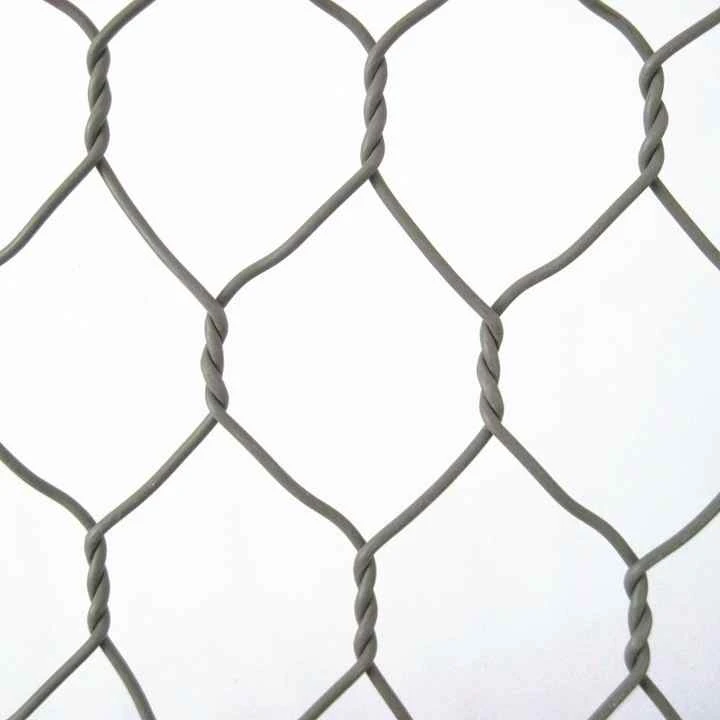-
 Phone:
Phone: -
 Email:
Email:

Creative Uses and Benefits of Barbed Wire Fences in Modern Agriculture and Security
The Importance and Symbolism of Barbed Wire Fences
Barbed wire fences have played a significant role in shaping agricultural practices, enhancing security, and serving as powerful symbols in various contexts throughout history. While they may appear to be simple and unassuming structures, their impact is profound, influencing not only the landscape but also human interactions and societal regulations.
Historical Context
The invention of barbed wire in the late 19th century marked a turning point in land management and livestock breeding. Prior to its introduction, open-range grazing was common, leading to frequent disputes over property boundaries and livestock wandering onto neighboring lands. In 1873, Joseph Glidden patented a design for barbed wire that featured sharp points capable of deterring livestock and preventing them from crossing designated boundaries. This innovation revolutionized farming practices, allowing ranchers to enclose their land effectively and protect their crops from animals.
The surge in barbed wire use coincided with the expansion of railroads and the settlement of the American West. As more settlers arrived, competition for land increased, prompting the need for clear delineation of property lines. Barbed wire became essential for establishing ownership and managing the vast open territories. The phrase “good fences make good neighbors” illustrates the practical quality of these fences, emphasizing that clear boundaries can lead to peaceful coexistence.
Agricultural Practices
In the modern agricultural landscape, barbed wire fences continue to serve vital functions. They protect crops from external threats—such as wild animals—and keep livestock safe within designated areas. The design of barbed wire is particularly effective for containing larger animals like cattle, as the sharp barbs discourage them from attempting to push through or jump over the fence.
Additionally, barbed wire fences can help manage pasture rotation and promote sustainable grazing practices. By rotating livestock between different pastures secured by barbed wire, farmers can give particular areas time to recover, improving soil health and maintaining ecological balance.
barbed wire fence

Security and Safety
Beyond agriculture, barbed wire fences are frequently used for security purposes. In both residential and commercial settings, barbed wire can deter intruders and provide a clear signal that trespassing will not be tolerated. High-security facilities, such as prisons and military bases, often incorporate barbed wire as a crucial element of their perimeter defenses. The intimidating appearance of barbed wire highlights its primary function of risk management, protecting valuable assets and ensuring the safety of individuals within secured areas.
Symbolism and Controversy
While barbed wire has numerous practical applications, it also carries significant symbolic weight. It has become an emblem of division and exclusion, representing barriers both physical and ideological. The imagery of barbed wire fences is often associated with conflict zones, refugee camps, and militarized borders. For many, it symbolizes the scars of war and the painful separations that arise from political and social strife.
In literature and art, barbed wire can represent the fragility of human relationships and the barriers that we construct, whether intentional or unintentional. It serves as a poignant reminder of the hurdles we face in communication and understanding in a divided world.
Conclusion
In summary, barbed wire fences are more than mere agricultural tools or security devices; they embody the complexities of human interaction with the environment and each other. While they have revolutionized farming and enhanced security, they also serve as powerful symbols of division and conflict. Understanding the dual nature of barbed wire—from its practical benefits to its cultural significance—requires an appreciation of history, society, and the ongoing challenges we face in a world marked by boundaries. Whether they are seen as protectors of property or barriers to connection, barbed wire fences undoubtedly remain significant in contemporary discourse.
-
Wire Mesh for Every Need: A Practical SolutionNewsJul.25,2025
-
Steel Fences: Durable, Secure, and Stylish OptionsNewsJul.25,2025
-
Roll Top Fencing: A Smart Solution for Safety and SecurityNewsJul.25,2025
-
Cattle Farm Fencing Solutions for Maximum SecurityNewsJul.25,2025
-
Affordable Iron Binding Wire SolutionsNewsJul.25,2025
-
Affordable Galvanized Wire SolutionsNewsJul.25,2025
-
Wire Hanger Recycling IdeasNewsJul.25,2025








